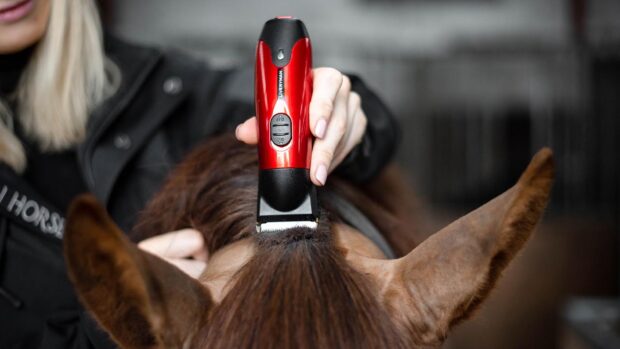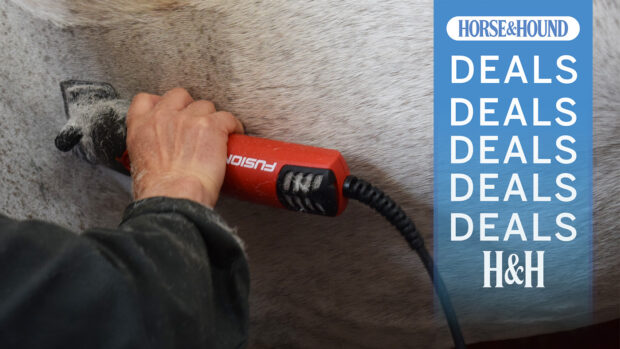Expert advice from HORSE magazine on how to make the best of your horse with clever cosmetic clipping
Whatever your horse’s looks and conformation, you can enhance his strengths and disguise any weaknesses using clever cosmetic clipping.
Legs
Running the clippers down the backs of the legs will make feathered horses’ legs look cleaner and less chunky.
Clip with the lay of the hair from just below and to the sides and backs of the knee and hock joints; take your time so you blend the clipped area into the hair at either side and above.
Don’t use the clippers against the lie of the hair as you’ll clip too closely to the skin and your horse will look like he’s wearing baggy plus-fours! Never clip feathers if this is a breed characteristic.
If the front legs are thick, clip a “drip strip” from the back of the knee to the elbow so that they look more refined.
Long backs
A trace clip will exaggerate a long back, but if you don’t want to give him anything more radical than this, try clipping a bit more hair off the neckline, curving it at the same time. With trace or blanket clips, gently rounding off the ‘corners’ may also help.
Short necks
A trace clip will make a short, chunky-necked horse look longer and more streamlined in this department. Take the line high if you need to remove as much hair as possible.
Short backed
A blanket clip will shorten the appearance of a long back but, if a horse is already short coupled, it can make him look more so. If you need to take off this much hair, don’t bring the front vertical line further forwards, as it will make the shoulders look smalland upright. Instead, don’t clip the loops over his flanks, or try a “Chaser” clip to lengthen his appearance.
Heavy front ends
A horse with a bigger front than back end, or one that is on the forehand, may look more balanced with a “Chaser” clip. Or, adapt trace and blanket clips by putting an uphill slope on the lines coming across the ribcage. If your horse has a big belly, make sure these lines are straight and not curved or you’ll end up drawing more attention to this.
For more advice on horse care and stable managerment see this month’s (October) issue of HORSE magazine or click here to subscribe.



